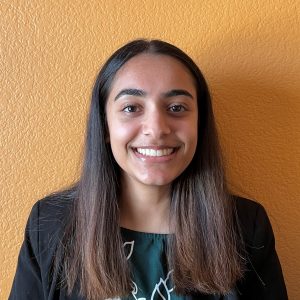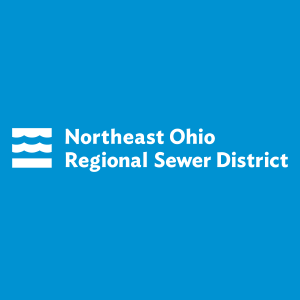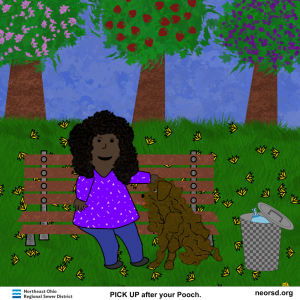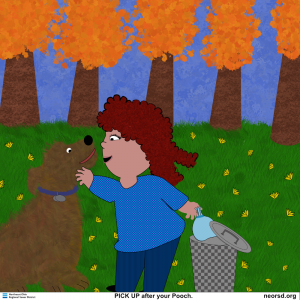Try to imagine your life without water! We use water on a minute-to-minute basis, whether that be to quench our thirst, wash our hands, or water the plants. In fact, water is all around us, but what we don’t realize is the importance of saving it.
According to UN Water, approximately 1.2 billion people live in areas where water is scarce, and 500 million people are coming close to such a situation. With the water crisis deepening by the day, it’s especially crucial that everyone pulls their part when it comes to saving water. This can efficiently be done through water stewardship.
How Can I Help Save Water?
What most people don’t realize is that they, as individuals, can engage in water stewardship — because small actions amount to greater changes. Let’s see how we can save water in our everyday lives in our own homes:
Saving Water in the Kitchen
- In the kitchen, water can be saved by making sure we don’t keep the faucet on when not using it.
- We can make sure that the dishwasher is completely full, so we are not wasting the water being used to cleanse our kitchenware.
- Even something as small as keeping water in a jug so that we don’t have to run tap water unnecessarily helps contribute to saving the water crisis.

Saving Water While Gardening
Similar ideas to save water are applicable when gardening.
- Make sure that sprinkler systems are positioned so that they are facing the plant life instead of the gutters.
- Consider rainwater harvesting and minimize the amount of water used to water your plants.
Community Programs that Help Save Water

In order to help guide the general public, many organizations have tips and programs available. For example, Northeast Ohio Regional Sewer District (NEORSD) has provided its local community with tips on how to help keep waters safe from pollution. NEORSD urges citizens to avoid flushing pills, paper towels, dental floss, hairballs, rags, syringes, plastic bags, chemicals, baby wipes, condoms, and cigarette butts. All these products (and many more) contribute to polluting the environment and ruining home plumbing. In addition to these useful tips, NEORSD also has a Good Neighbor Ambassadors Program that serves as a communicator between the general public, the district and organizations. It keeps people informed on different projects, answers questions, and provides information on how individuals can take part in saving water. If you are located in the northeastern Ohio area, be sure to look into all the different programs and resources NEORSD offers as they support communities coming together to help fight the water crisis.
What most people don’t realize is the power an individual has to contribute to a cause bigger than themselves. As individuals, we often look to organizations or authorities with higher power to implement a change. But we don’t realize the power we hold to make a change in the world as well. I urge you to use your resources and capabilities to participate in water stewardship so we can save our planet, our home, our Earth.

Connect with Northeast Ohio Regional Sewer District on social media
- https://twitter.com/neorsd
- https://www.facebook.com/yoursewerdistrict
- https://www.youtube.com/user/neorsdccr
- https://www.instagram.com/neorsd/
- https://www.pinterest.com/wallywaterdrop/
References:
- “Good Neighbor Ambassadors.” NEORSD. Accessed August 7, 2021. https://www.neorsd.org/community/community-benefits/good-neighbor-ambassadors/.
- “TIPS: 12 Things You Might Be Flushing but Need to Stop Right Now.” NEORSD. Accessed August 7, 2021. https://www.neorsd.org/community/educational-resources/tips-15-things-you-might-be-flushing-but-need-to-stop/.
- “Water Scarcity.” United Nations. Accessed August 7, 2021. https://www.un.org/waterforlifedecade/scarcity.shtml.



















